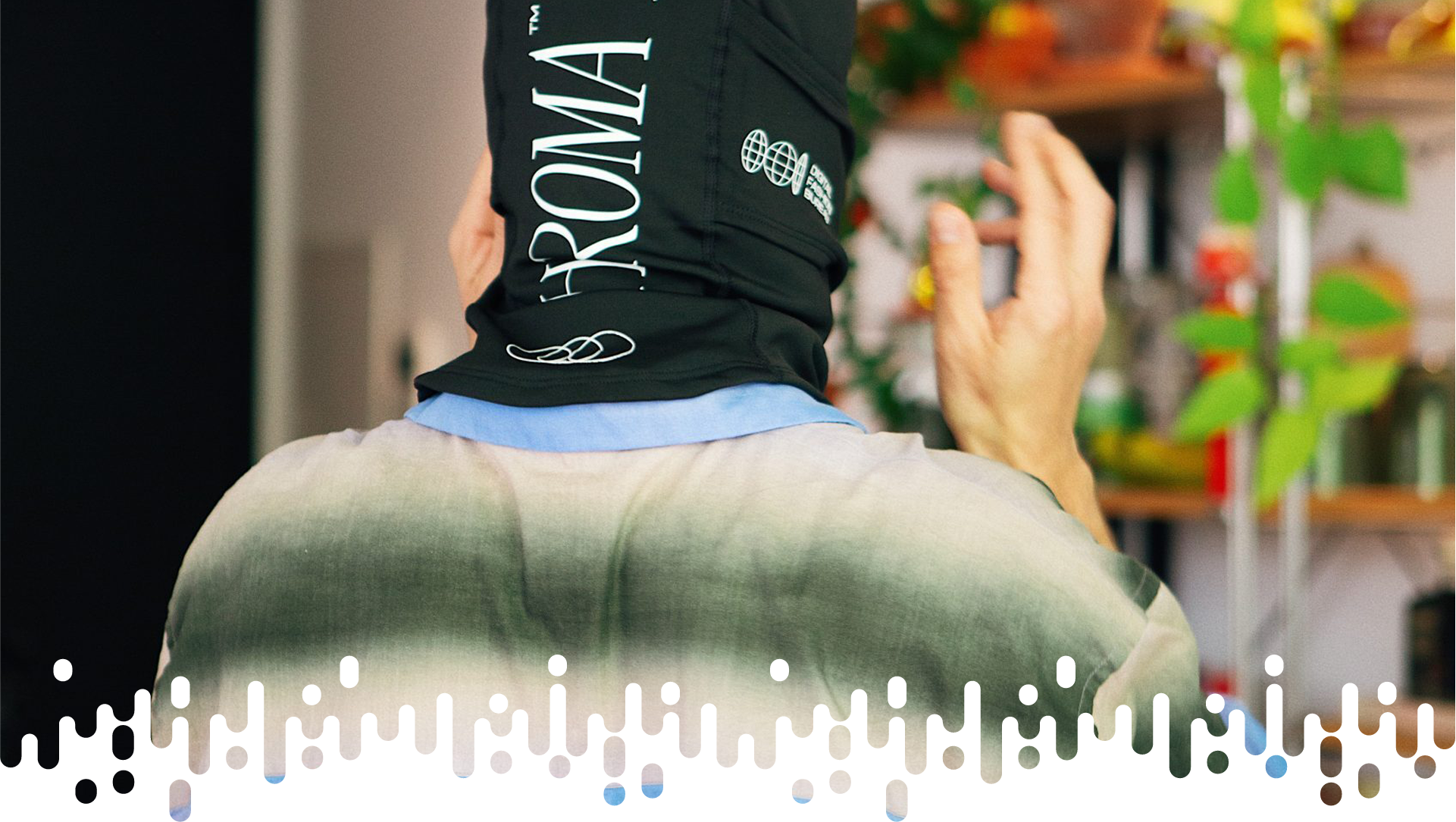
NATY LARA & PABLO ALFIERI
The talented creative duo from Chroma Bureau brings a new dimension to fashion, seamlessly blending different disciplines and inspirations. They elevate digital fashion films into works of art and create a universe of infinite possibilities.
The essence of this fashion house lies in finding synergies between humans, nature, and technology. Their inspiration stems from the concept of journeying with the mind. They firmly believe that a journey is not merely a physical voyage, but rather a conceptual exploration, whether in dreams or any other realm.
Chroma Bureau is digitally born but already transcends into the real world.
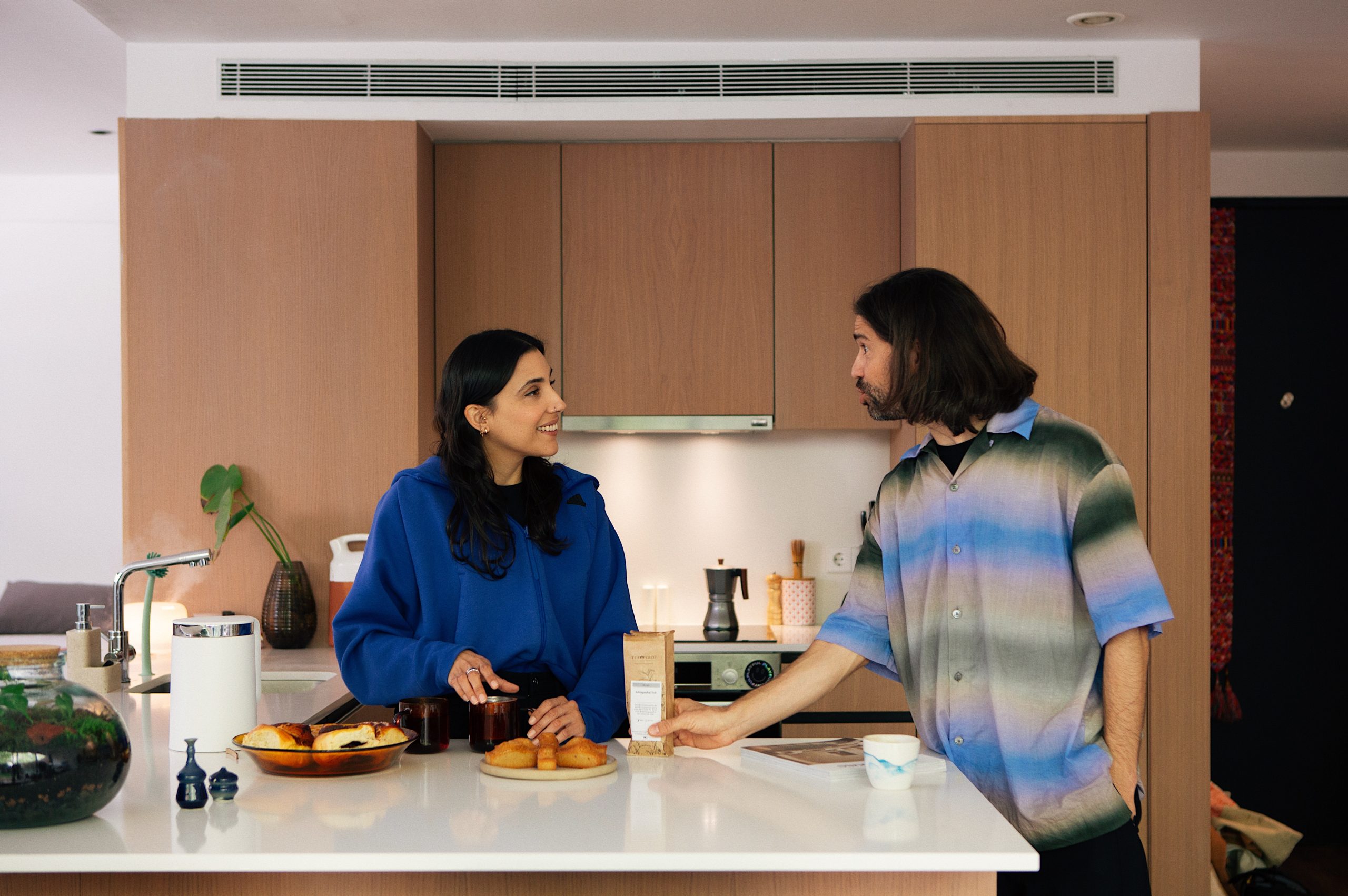
Creative minds Naty Lara and Pablo Alfieri, passionate about fashion and technology, merged their creative worlds to forge a captivating universe where new technological garments thrive within a dreamy and natural atmosphere. They excel in their capacity to combine sophistication and sports, blending various inspirations and disciplines in their designs.
Can you introduce the minds behind Chroma Bureau?
Naty: Hello, I’m Naty Lara, the art director and co-founder of Chroma. I’m also the founder of “Los Puentes”, my physical accessories brand.
Pablo: Hi everyone! I’m Pablo Alfieri, creative director of Playful and Chroma Bureau.
How would you describe Chroma's mission and creative ethos?
Pablo: Chroma Bureau is born out of the meaning of the purity of color. The three rings represent the RGB of the digital world and at the same time, the synergy between humans, nature, and technology.
Naty: Our mission with Chroma is to create a new spectrum of fashion and also provide people with tools to generate a new digital identity. In order to provide those tools, we have created a collection of 11 different looks and 12 different identities that people can mix and play with to generate their own identity.
Could you tell us more about your personal backgrounds and how you entered the world of digital fashion?
Pablo: My career dates back to 2008. I worked in local graphic design studios in the City of Buenos Aires, and after a couple of years, I began working in an animation studio more focused on television branding. In 2010, I founded a studio with Mariano Farías called Plenty, and after six years, I decided to take a new direction because I needed to explore new artistic expressions within the digital world. I founded Playful in 2017, and later, around 2019-2020, I met Naty in a well-known coworking space in Barcelona called Pamplona. After a few years, we founded Chroma and grew the project together.
Naty: I started as a fashion designer in Colombia for a multinational company where I designed lingerie and swimwear. Later, I decided to come to Barcelona to specialize in art direction. And, as Pablo says, we met in a coworking space. I worked for a renowned photographer as his art director. That’s where we met and found a way to create something from our creative encounter. And well, that’s Chroma.
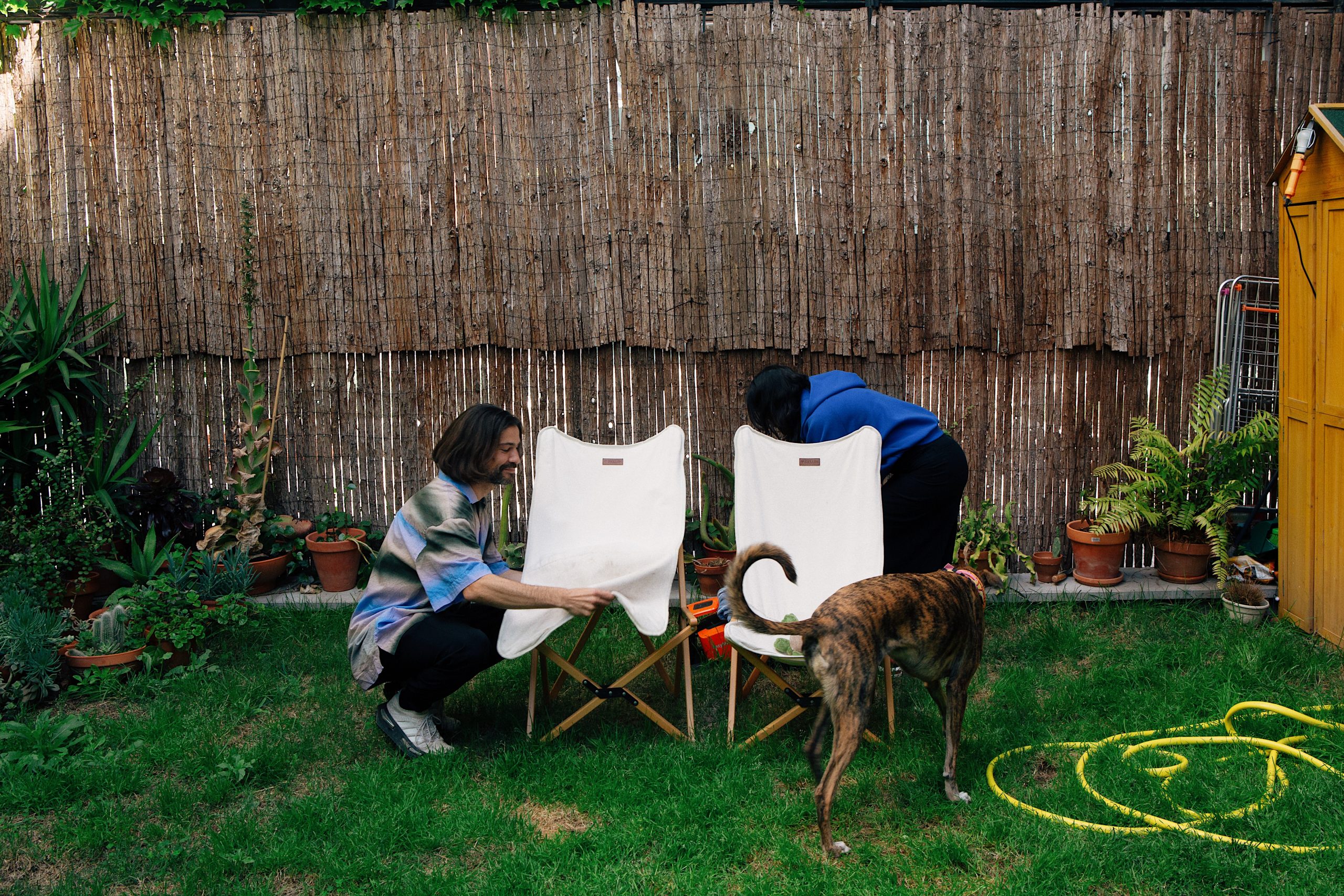
Your inspiration is very diverse, from science fiction to vintage clothing models to professional uniforms. What does the Chroma style represent?
How do your designs talk about the world today or the future?
Do you have a favorite design that represents you more as a studio? Why?
Your "chapters" are true digital art pieces. What's your process for drawing inspiration and executing these videos?
Does music inspire your fashion? How?
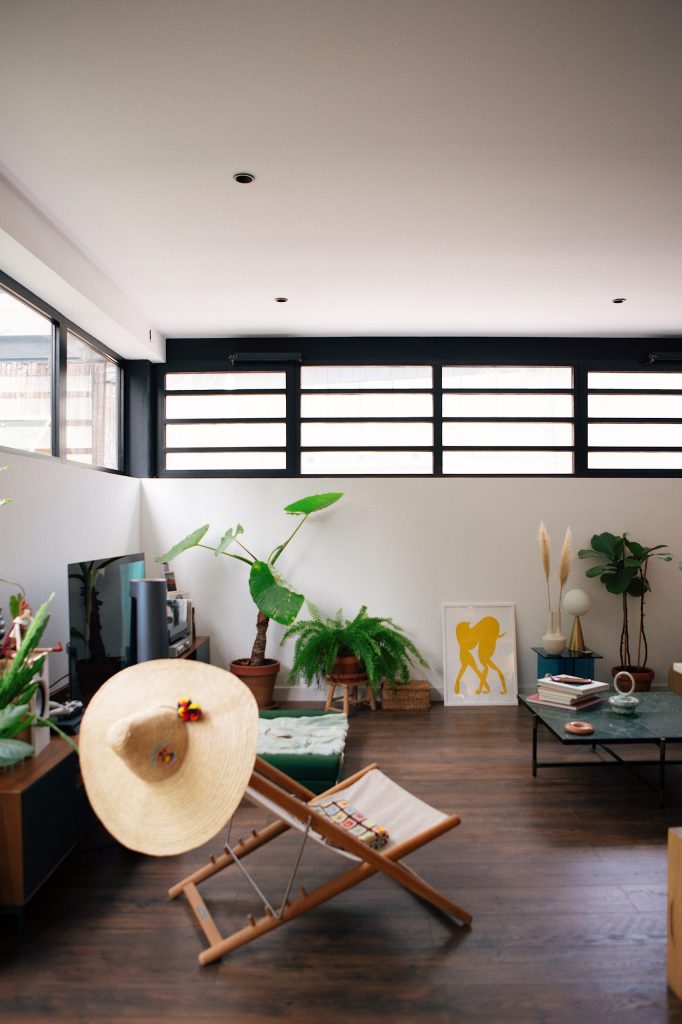
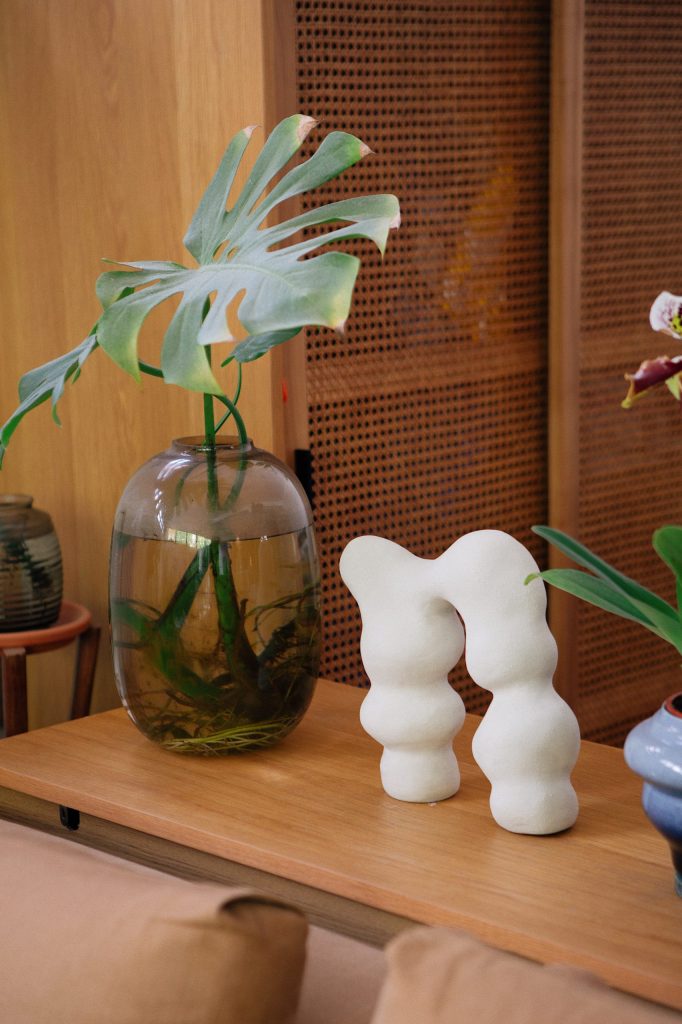
Chroma currently offers physical garments alongside digital creations. Do you foresee a fusion of these realms in the future?
How do you think technology is changing how we see and wear fashion?
Pablo: We believe that the use of technology should be for the greater good. The fashion industry is going through a very challenging time. I think ‘fast fashion’ will have to end in some way in the next ten years. Technology has to help make this happen, especially by being mindful, embracing sustainability, and producing materials that stop harming the world. It’s the only way.”
Naty: I believe that technology is bringing us a lot in terms of fashion, especially being able to produce much more technical clothing, more adapted to extreme heat or cold, including fabrics and textiles that have sun protection.
Pablo: And good materials that make us feel more comfortable.
Naty: So, yes, we feel that technology truly is our great ally. It can be our great destroyer, but our vision is much more positive and enthusiastic.
Could you introduce us to your muse, the model who wears all your creations? How did you envision her, and what does she represent to you?
Is there anyone you'd love to work with on a project? Why?
Naty: I have many people in mind. But Knick Night is a photographer I’ve been following for years and who has inspired my design and my perspective a lot. In addition to that, he has been revolutionary in the world of fashion and technology. I think he is one of the people I would most like to connect with at some point and show him Chroma.
Pablo: Wow, very difficult! With Naty, we have many, many dreams or aspirations of people we want to work with. Personally, I would love to work with Craig Green. I feel a strong affinity with him and his projects with Moncler and Adidas; they never cease to amaze me time and time again. Perhaps in the creative world, I also admire Demna Gvasalia and his transgressive approach through his collections and especially his shows. I find them to be very distinctive, and of course, I would love to work with him on a fashion show.
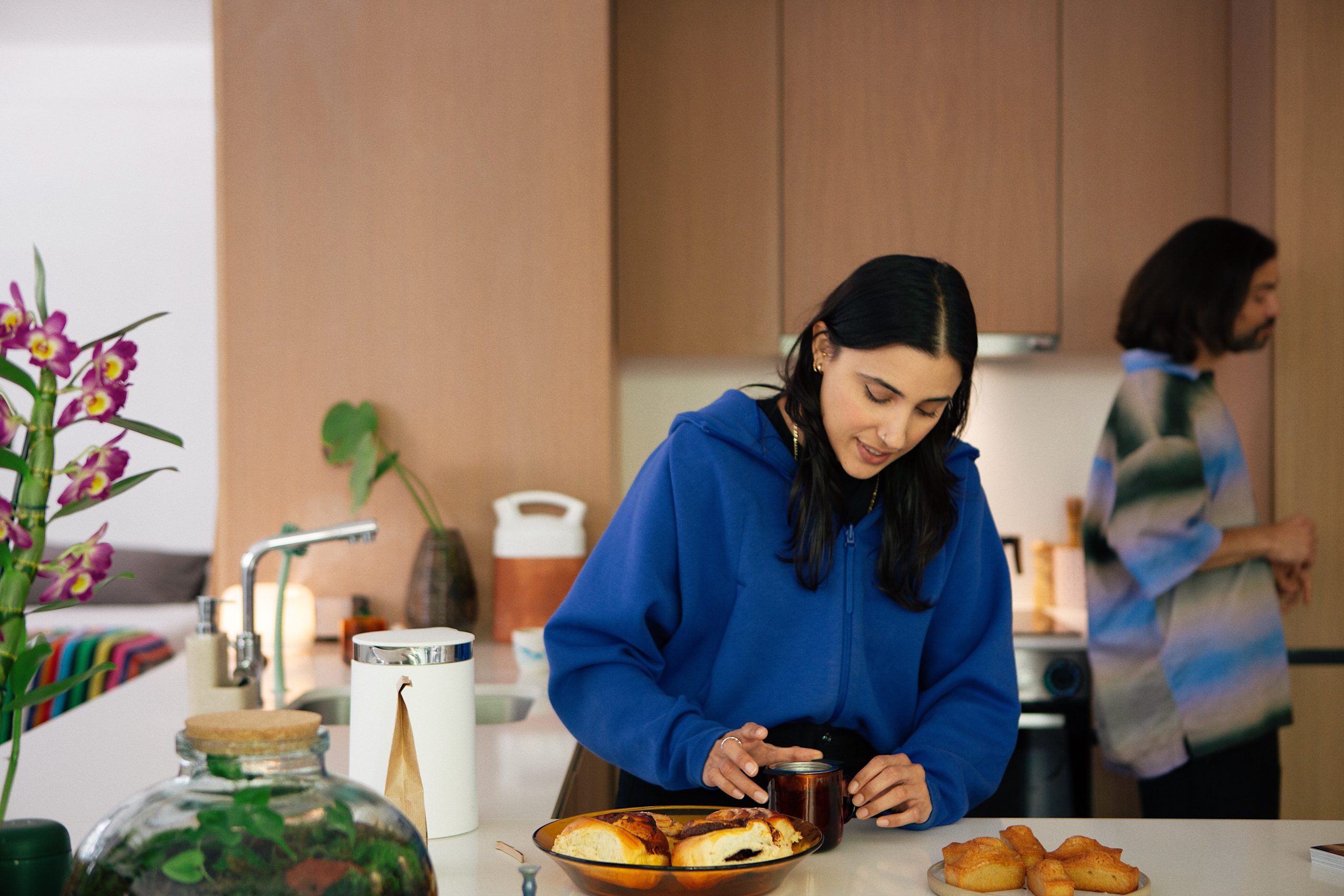
What is your vision for the future of Chroma and how do you think it may impact the evolution of digital fashion?
Pablo: Just as there are trends in the world of real fashion, we believe there are trends in the digital fashion world. We want to somewhat separate ourselves from those trends, trying to anchor ourselves more to the real world. Despite the infinite possibilities offered by the digital world, we would love for the transcendence to be through that thin line with the physical.
As for the impact, I’m not sure what impact we could potentially generate, but I suppose if we are one of the first digital brands to transcend into the real world, I sense that there may be some impact in that regard from our practices. Perhaps today, our explorations may also lead us in a certain direction, but we are content with being able to continue moving forward and bringing this project to life.

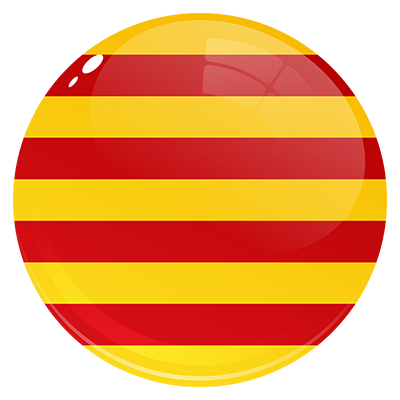 CA
CA
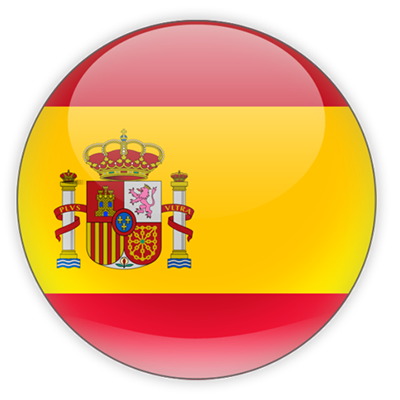 ES
ES